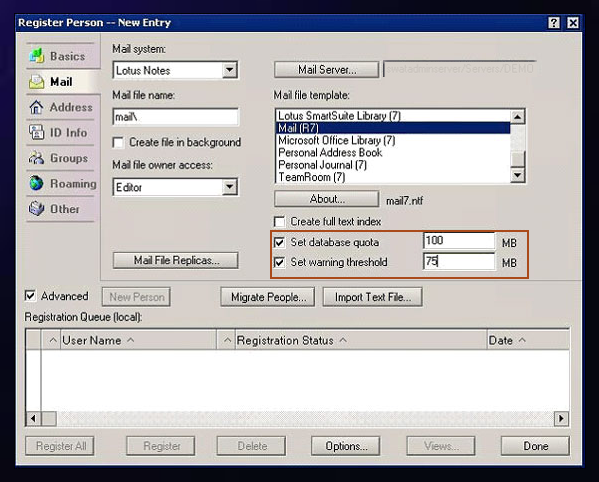

Learn about the new features in IBM® Notes® 10.0. Learn about the new features and enhancements in IBM® Notes® 10.0.1 For more information, see dma_using_domino_mobile_apps.html.
#Lotus notes Offline#
Domino Mobile Apps includes offline replication and touch optimization and it extends your Notes applications with device capabilities. It is available from the Apple App Store. IBM® Domino® Mobile Apps is a mobile client for the Apple iPad that allows you to work with your Notes applications. Learn about the many new features and enhancements in IBM® Notes® 10.
#Lotus notes free#
The RunMyProcess DigitalSuite is the perfect Lotus Notes replacement solution, as it can replace all of your Notes-based applications in a secure, flexible, and cost-effective way.Ĭontact us today if you’d like to learn more, or request a free trial. If your company relies heavily on the processes and functions found in Lotus Notes, you risk losing your valuable workflows as this application’s ability is mitigated. RunMyProcess, a Lotus Notes Replacement Solution While it is hard to find an application that handles every little Lotus Notes capability, there are many well-established applications that companies use in conjunction to replace Lotus Notes’ functions. Finding a suitable replacement for Lotus Notes will position your company in a great place to reap the benefits of advanced technology and innovative solutions.Īnother reason to find a Lotus Notes alternative is so your organization can move away from the platform’s complexity, which is not suited for every user. In today’s fast and digitally-driven world, the Lotus Notes platform has simply been unable to keep up with the needs and demands of the many large-scale organizations across the globe. Many Lotus Notes applications have reached the end of the line. Related Post : Still Using IBM Notes? RunMyProcess Offers Seamless Integration The company has rebranded the product as “HCL Notes” and came out with an updated version in June of 2021. In 2018, IBM sold Lotus Notes to the Indian firm HCl for $1.8 billion dollars. Throughout the 1990s and 2000s, Lotus Notes products continued to be enhanced with increased ability and updated user interface as technology advanced with businesses needing stronger, faster, and easier to use systems. In 1995, IBM purchased Lotus Notes for $3.5 billion dollars. Throughout the 90s, large organizations purchased the software.
#Lotus notes Pc#
As PC processing power increased in 1991, the second version of Lotus Notes was released and was targeted to large companies with many employees. In the following years, Lotus Notes continued to be released with new updates and abilities for organizations. Ability to create emails, email users, and organized mailboxes.In 1989, the very first Lotus Notes product was released, containing numerous features: In the beginning, Lotus Notes was conceptualized to have document databases, email and contact information, and to host online discussions between multiple people. His work inspired the creation of Lotus Notes in 1989 by Ozzie and Iris Associates, which the newly formed Lotus Notes Corporation later acquired. Woolley developed a system called PLATO Notes while at the University of Illinois. Lotus Notes requires the HCL Domino server that allows businesses to instant message, share resources or files, host video/voice calls, create business workflows, and more. Lotus Notes is a desktop application used by organizations for email and calendaring solutions. In today’s blog, RunMyProcess provides a brief history of the Lotus Notes platform and why now is the time to find an effective replacement solution.
#Lotus notes software#
Even though an updated version of Lotus Notes has been kept alive by a few different companies over the years (such as IBM), the time has come for organizations who used this revolutionary software to find an appropriate replacement. Lotus Notes was the first of its kind and has inspired similar products that became the mainstream business solution software that many companies use today. The product was inspired in the 1970s, developed in the 1980s, and is still available in certain markets today.

Lotus Notes, a popular collaborative client-server software platform in the 90s and early 2000s, has a fascinating history.


 0 kommentar(er)
0 kommentar(er)
